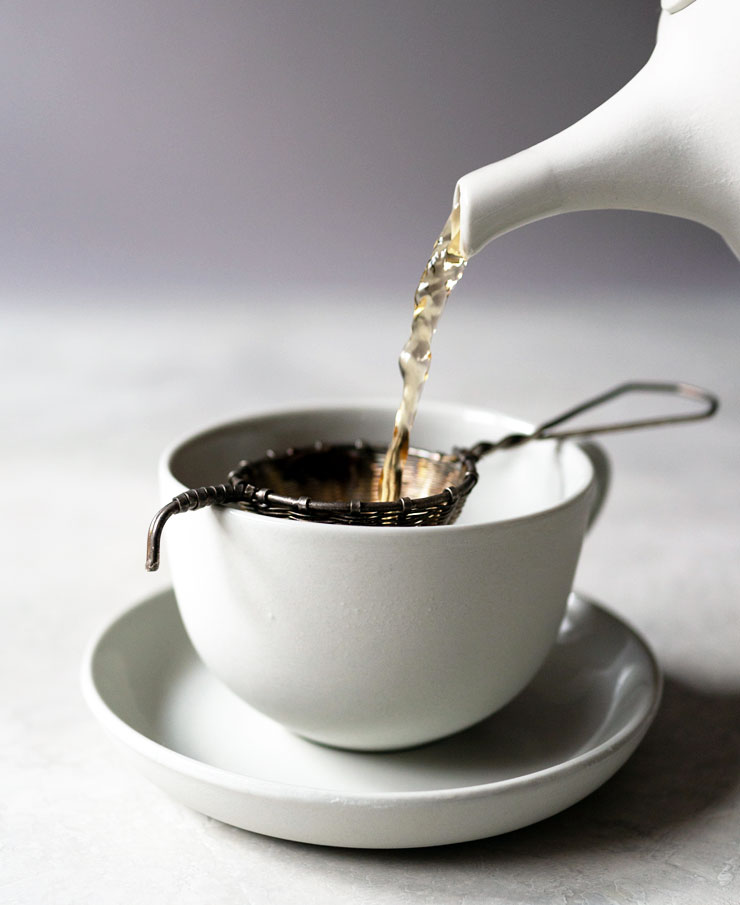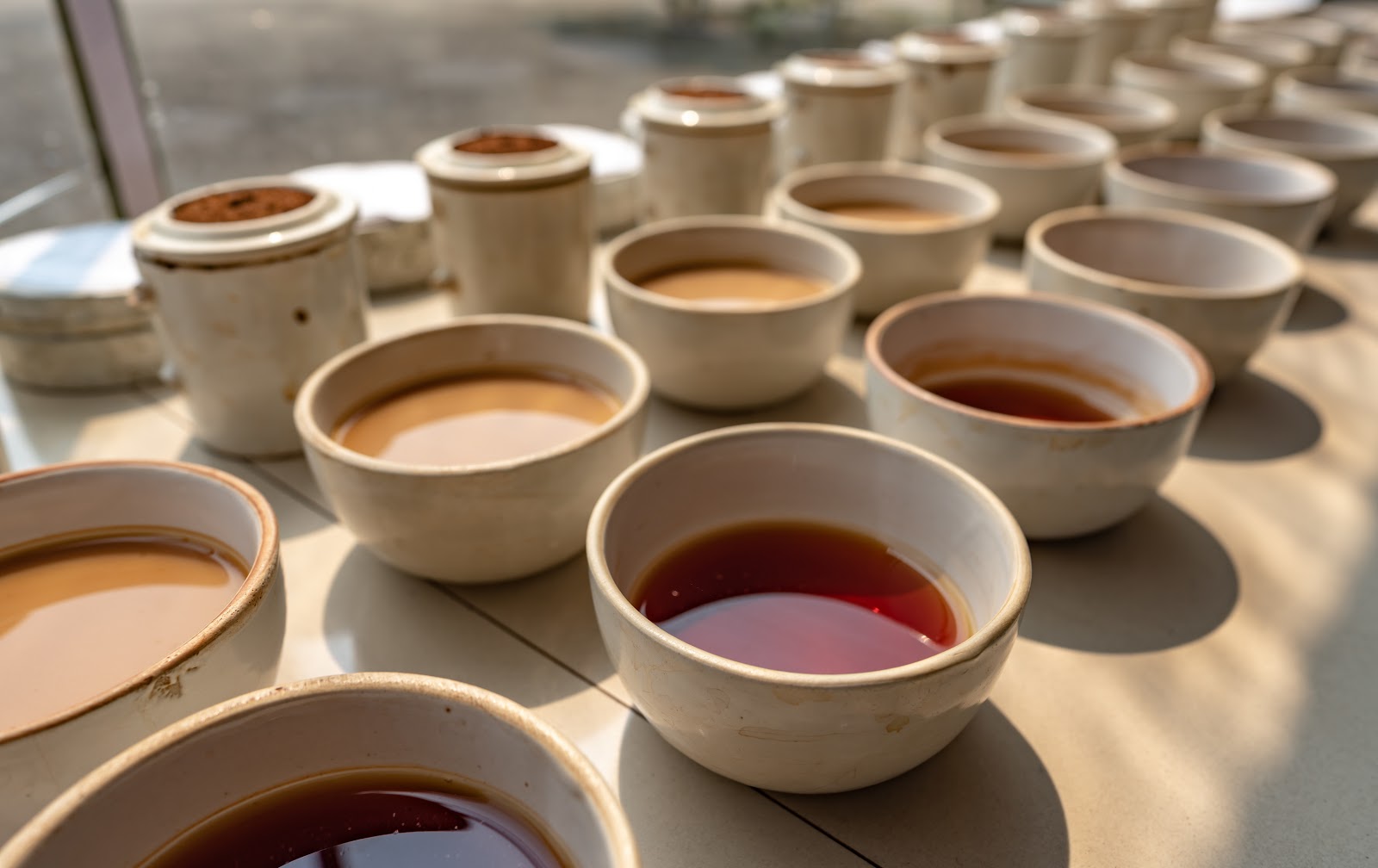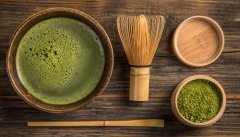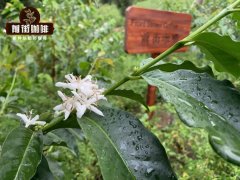The difference between soft water and hard water in making tea Why is the effect of hard water on tea soup turbid?
A cup of hot tea or a cup of iced tea (without ice) contains on average only 1% of the tea solids and more than 99% of the water. If your water quality is poor, it may leave a bad taste and affect the experience of drinking tea.
As we all know, soft water is a more suitable water for making tea. The hardness of water is calculated by converting the total amount of calcium and magnesium in the water into calcium carbonate.
For example, if a bucket of water contains 1 mm of calcium carbonate, its hardness is 1.
Most of the water in Japan is soft water, with hardness between 20 and 80. Most of the water in Europe is hard water, and the hardness is about 200 ~ 400.
There are two kinds of hard water, one is called temporary hard water, which decreases after boiling, and the other is called permanent hard water, which does not decrease after boiling.
There may be great differences between one region and another.

You can try to brew the same tea with water from different regions. You'll find the taste different.
When brewing black tea, it is best to use soft water. If you brew black tea with hard water with a hardness of more than 300, the color of the water will become darker. However, oolong tea is not easily affected by what kind of water is used for brewing.
Here are four simple steps you can take to make sure the water you use is of the best quality.
1. A sample of water taken from a source.
Water should be collected from the exact location where the tea equipment is installed. This can be an iced tea machine and / or a hot water boiler. The time between collection and testing will affect the results, so it is important to sample and detect water immediately. For example, chlorine can evaporate relatively quickly.
two。 Use your sense of sight, smell and taste.
The first test is simple. Water should be smelled, tasted, and visually inspected. This process allows you to observe characteristics such as salty, bitter, metallic or chalky.
3. Use a simple test strip.
There are a variety of testing options to choose from. The Aquacheck HACH 5-in-1 test kit is a useful tool for assessing which water quality problems may need to be addressed. The key elements of the test include:
Total dissolved solid (TDS)
Hardness
Chlorine
Total alkalinity
PH value
4. Check your filtering system.
There are many high-quality filtering options on the market. The cost of a filtration system ranges from a few hundred yuan to tens of thousands of yuan.
The results of the water quality test will help you determine which type of filtration system is best for you. It is important to determine the best filtration method by considering the chemical composition of water as a whole. Although the testing process is relatively simple, interpreting the results can be complex.

Important Notice :
前街咖啡 FrontStreet Coffee has moved to new addredd:
FrontStreet Coffee Address: 315,Donghua East Road,GuangZhou
Tel:020 38364473
- Prev

The nutritional value, efficacy and function of matcha the correct edible method of mixing matcha powder without particles
Equipment needed to prepare tea bowl tea ladle tea towel tea box matcha preparation steps when making traditional matcha, use the tea bowl, tea ladle and tea ladle, follow the following steps: preheat the tea bowl with boiling water to awaken the cells, aroma and taste of the matcha powder in the bowl. make the tea set wetter. Pour out the water and dry the bowl with a clean cloth. Scoop 2 grams of matcha powder (4 teaspoons per 6-8 ounces of water)
- Next

The lifespan of coffee trees how long can coffee trees live? What is a latte? Coffee cold knowledge
What is meant by cold knowledge? The code worker decided to explain CTRL C and CTRL V of du Niang first: cold knowledge refers to those knowledge and things that are biased, trivial and complicated. Cold knowledge can increase people's knowledge, broaden their horizons, enlighten their thinking and arouse a strong desire for knowledge. Du Niang has obviously explained it in great detail, but the code worker thinks that what we don't talk about very often is
Related
- Beginners will see the "Coffee pull flower" guide!
- What is the difference between ice blog purified milk and ordinary milk coffee?
- Why is the Philippines the largest producer of crops in Liberia?
- For coffee extraction, should the fine powder be retained?
- How does extracted espresso fill pressed powder? How much strength does it take to press the powder?
- How to make jasmine cold extract coffee? Is the jasmine + latte good?
- Will this little toy really make the coffee taste better? How does Lily Drip affect coffee extraction?
- Will the action of slapping the filter cup also affect coffee extraction?
- What's the difference between powder-to-water ratio and powder-to-liquid ratio?
- What is the Ethiopian local species? What does it have to do with Heirloom native species?

